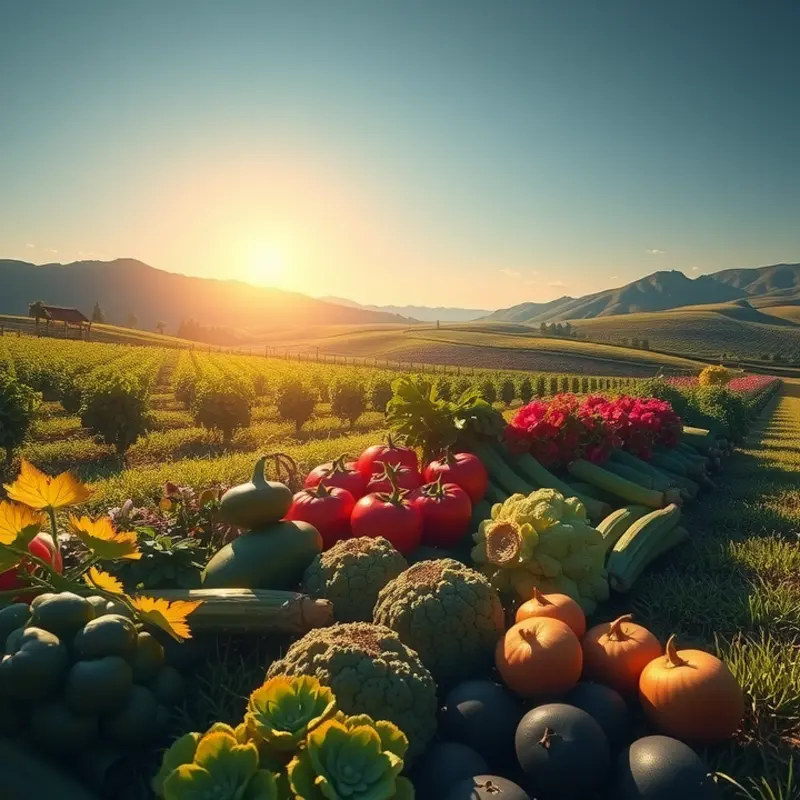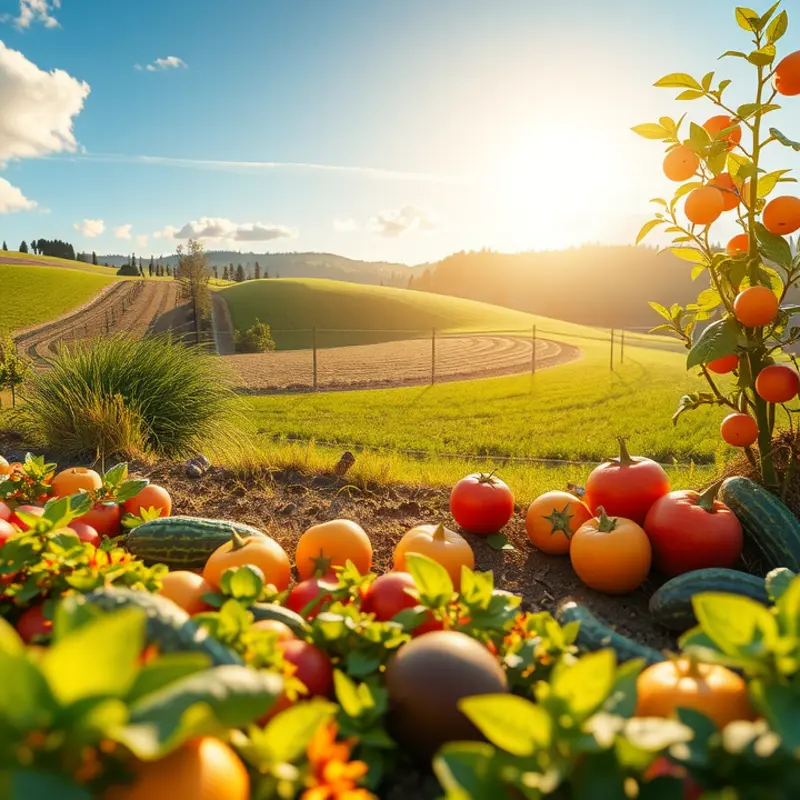Food has always been more than mere sustenance; it embodies tradition, spirituality, and cultural identity. Across the world, ancient rituals often incorporated specific foods that held profound symbolism and significance. Whether it was offerings to deities, celebrations of seasons, or rites of passage, these culinary customs provide a fascinating glimpse into how different societies honor their heritage through the art of cooking and sharing meals.
Sacred Offerings: The Role of Food in Early Civilizations

Food has long been central to religious and cultural rituals throughout ancient civilizations. In Mesopotamia, a cradle of early human civilization, offerings of fish and grains were pivotal. Fish, a symbol of fertility and abundance, embodied the life-giving properties of water, while grains symbolized sustenance and the earth’s bounty. These offerings, laid upon altars or within temple complexes, represented a bridge between the mortal world and the divine.
In the rituals of Native American tribes, maize and beans were particularly sacred. Maize, often referred to as the “staff of life,” was symbolically tied to the sun and fertility. During seasonal festivals or ceremonies, the preparation and sharing of maize-based foods fostered communal bonds and gratitude towards the natural resources that sustained life. Beans, a companion crop in the “Three Sisters” agricultural trio alongside maize and squash, emphasized the interconnectedness of people and nature.
The symbolism in these rituals was profound. Each offering was chosen not only for its nutritional value but also for its embodiment of cultural beliefs and natural cycles. The respect for nature in these rituals is a reminder of ancient wisdom—an understanding that human existence is interwoven with the environment.
Such rituals also emphasized community. The preparation and consumption of sacred foods were collective acts, reinforcing social bonds and shared spiritual beliefs. These gatherings provided an opportunity for storytelling and cultural transmission, ensuring that beliefs and values were passed down through generations.
Some modern readers might find parallels with today’s food appreciation movements, where mindfulness in eating is encouraged to deepen one’s connection with food sources and cultural heritage. Discussions around reconnecting with food’s origins can be explored in this resource, which reflects some enduring values observed in ancient practices.
The deliberate and symbolic use of food in these early rituals underscores a universal understanding of food as more than mere sustenance; it is a potent cultural and spiritual medium that unites communities with the divine and the earth.
Festivals of Flavors: Culinary Celebrations in Rituals

Across the world, festivals and celebrations have long relied on food as a medium to express joy, community, and gratitude. The vibrant tapestry of cultures showcases how ancient rituals incorporated special dishes to honor the deities, celebrate bountiful harvests, or mark celestial events. The resulting feasts nurtured not just the body but also the spirit of a community.
Consider Ethiopia’s Meskel, a festival commemorating the finding of the True Cross. Doro Wat, a richly spiced chicken stew, takes center stage, symbolizing resilience and shared heritage. The dish, cooked with meticulous attention and seasoned with berbere spice mix, transforms humble ingredients into a feast fit for both family and gods. The Meskel celebration is a time for coming together, as communities gather to light bonfires, symbolizing the light of their faith and the warmth of fellowship.
In China, the Mid-Autumn Festival paints a completely different, yet equally vibrant, picture. Celebrated on the 15th day of the eighth lunar month, it marks the harvest moon and is a time for families to reunite. Mooncakes, with their intricate designs and luscious fillings such as lotus seed paste or red bean, encapsulate stories of unity, tradition, and gratitude. The delicate balance of flavors and textures speaks to the harmonious relationships within the family and community.
Similarly, in ancient Rome, Saturnalia was celebrated in honor of Saturn, the god of agriculture and time. This festival included a banquet where roles were reversed—masters served their slaves—a gesture embodying the spirit of equality and unity. The dishes served, simple yet rich, reflected gratitude for the year’s harvest, turning a meal into a metaphor for societal harmony.
Food’s spiritual dimension is also evident in Hinduism’s Pongal festival, a harvest celebration in South India. Here, the dish Pongal, a mixture of newly harvested rice and lentils sweetened with jaggery, is offered to the deities. The act of cooking and sharing Pongal fortifies the community, as families gather in open spaces to prepare the dish over the fire, ensuring they engage in the spirit of shared labor and collective enjoyment.
Across these diverse cultures and celebrations, a shared meal becomes more than sustenance. It becomes a connection—a tangible link to ancestors, deities, nature, and neighbors. These feasts illuminate the unity within diversity, as seen in festivals that leverage food to foster joy and wellbeing among participants. By valuing these traditions, modern societies can deepen their appreciation for culinary heritage. For further exploration of how global culinary practices shape cultures, check out global festive breads. Each shared celebration, flavored with unique ingredients and customs, strengthens the tapestry of human connections, timeless in their resonance.
Final words
The intertwining of food and ritual offers us an exquisite lens through which to explore human culture and history. Foods in ancient rituals remind us of the ways in which we connect to our ancestors and the natural world. By understanding the significance behind these culinary traditions, food enthusiasts and culturally curious individuals can appreciate the layered meanings of what we eat. As we celebrate our culinary heritage, let’s embrace the stories carried in every ingredient, reviving ancient practices and flavors that continue to nourish our spirits and communities today.








